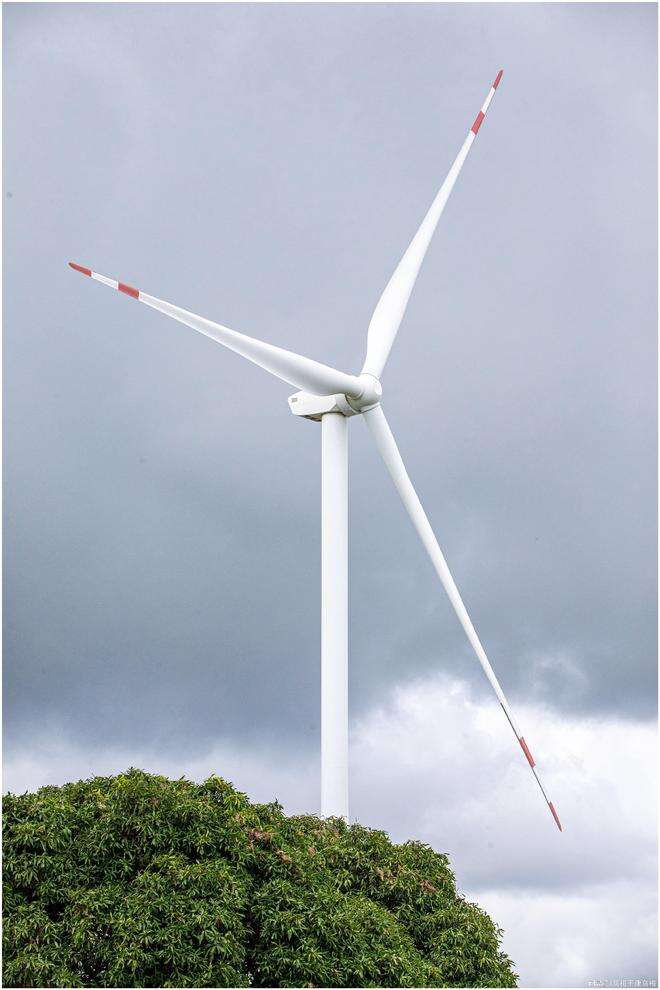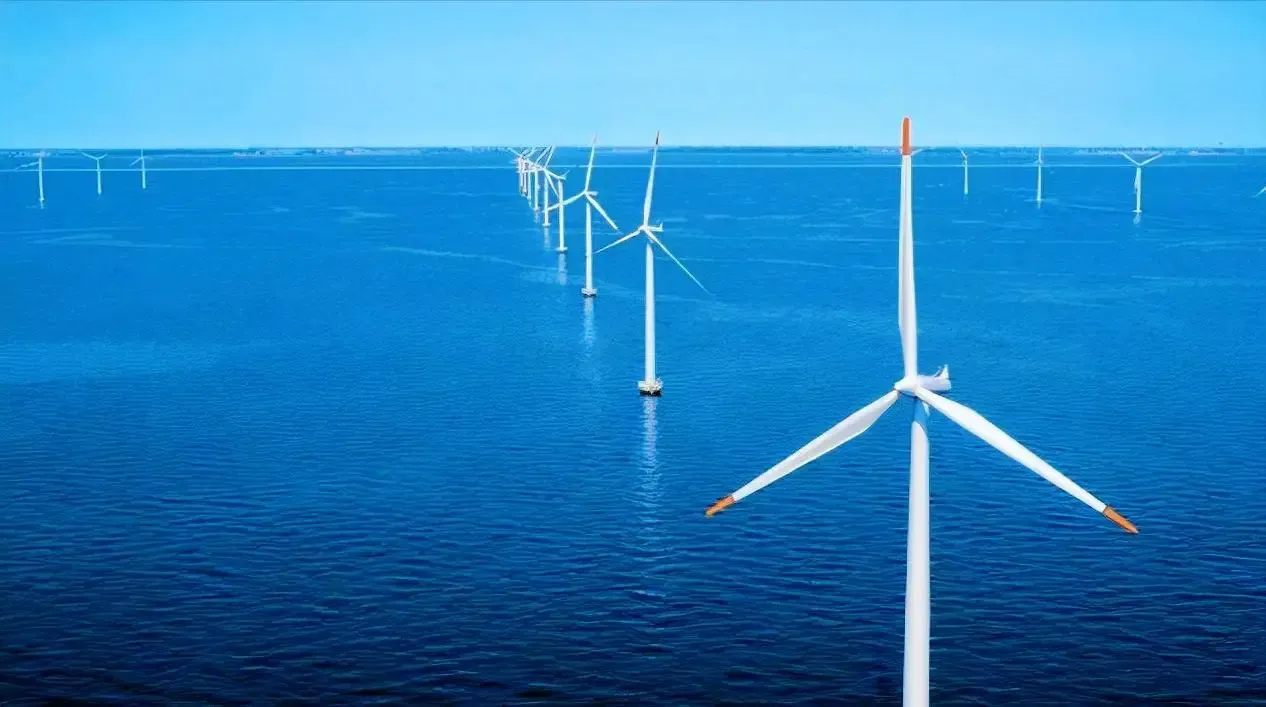cost of solar power
The cost of solar power represents a significant investment in sustainable energy technology that has seen remarkable price reductions over the past decade. Modern solar power systems combine photovoltaic panels, inverters, and mounting systems to convert sunlight into usable electricity. Initial installation costs typically range from $15,000 to $25,000 for residential systems, though prices vary based on system size, location, and specific requirements. The technology has evolved to offer increased efficiency, with panels now converting up to 20% of sunlight into electricity. Solar power systems require minimal maintenance and typically last 25-30 years, making them a long-term investment. The cost structure includes not only the hardware but also installation, permits, and potential grid connection fees. However, various federal, state, and local incentives, including tax credits and rebates, can significantly reduce the initial investment. Most systems pay for themselves within 5-10 years through reduced electricity bills, making them an increasingly attractive option for both residential and commercial applications. The technology continues to advance while costs decrease, making solar power an increasingly accessible clean energy solution.


